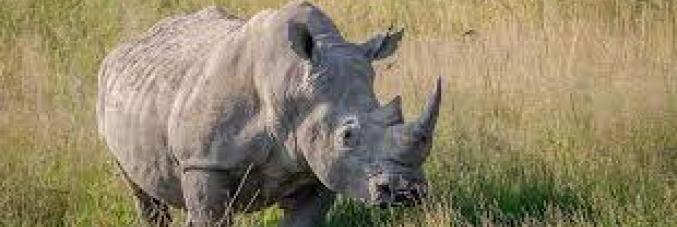
Advanced assisted reproduction technologies against the imminent extinction of most rhino species
03.11.2023
As most rhino species and subspecies face impairment of natural reproduction and imminent extinction, new approaches to their conservation are vital. The most promising new approach is the application of advanced assisted reproduction technologies (aART) such as ovum pick-up (OPU) – the retrieval of immature egg cells (oocytes) from ovaries – and in-vitro fertilisation (IVF). These technologies enable the creation of embryos in the lab and transfer them into surrogate mothers to carry gestation to term.
The application of aART is the only option to create offspring for the northern white rhinoceros, a subspecies with only two individuals known to be alive – two females that cannot become pregnant anymore to carry out their own embryos.
The BioRescue project, led by the Leibniz Institute for Zoo and Wildlife Research (Leibniz-IZW), develops and pioneers these technologies to enhance the breeding success of southern white rhinos in human care and to save the northern white rhino from extinction.
The consortium takes animal safety and welfare, quality control and ethical risk assessment seriously and constantly evaluates its new scientific and veterinary procedures. BioRescue has performed 65 aART procedures from 2015 to 2022 and now published an evaluation of these data in the scientific journal “Reproduction”.
The international research team, including those from the University of Padua, analysed animal health and health effects of the procedures, age and seasonality, subspecies and origins of individuals, hormonal status and cyclicity as well as the effects of the stimulation protocol in relation to OPU and IVF success rates with 20 southern and two northern white rhino females.
Their most important findings are:
- The set of procedures proved to be a guarantee for successful production of white rhino embryos
- Repeated OPUs yield no indications of adverse effects on general and reproductive health, with no sign of detrimental effects or risks even after ten procedures performed at three-month intervals
- Clear indications of health benefits to individuals exposed to OPUs
- Ensuring that OPU procedures do not hamper natural reproduction
- Noting that the age of the oocyte donor was key for IVF success



